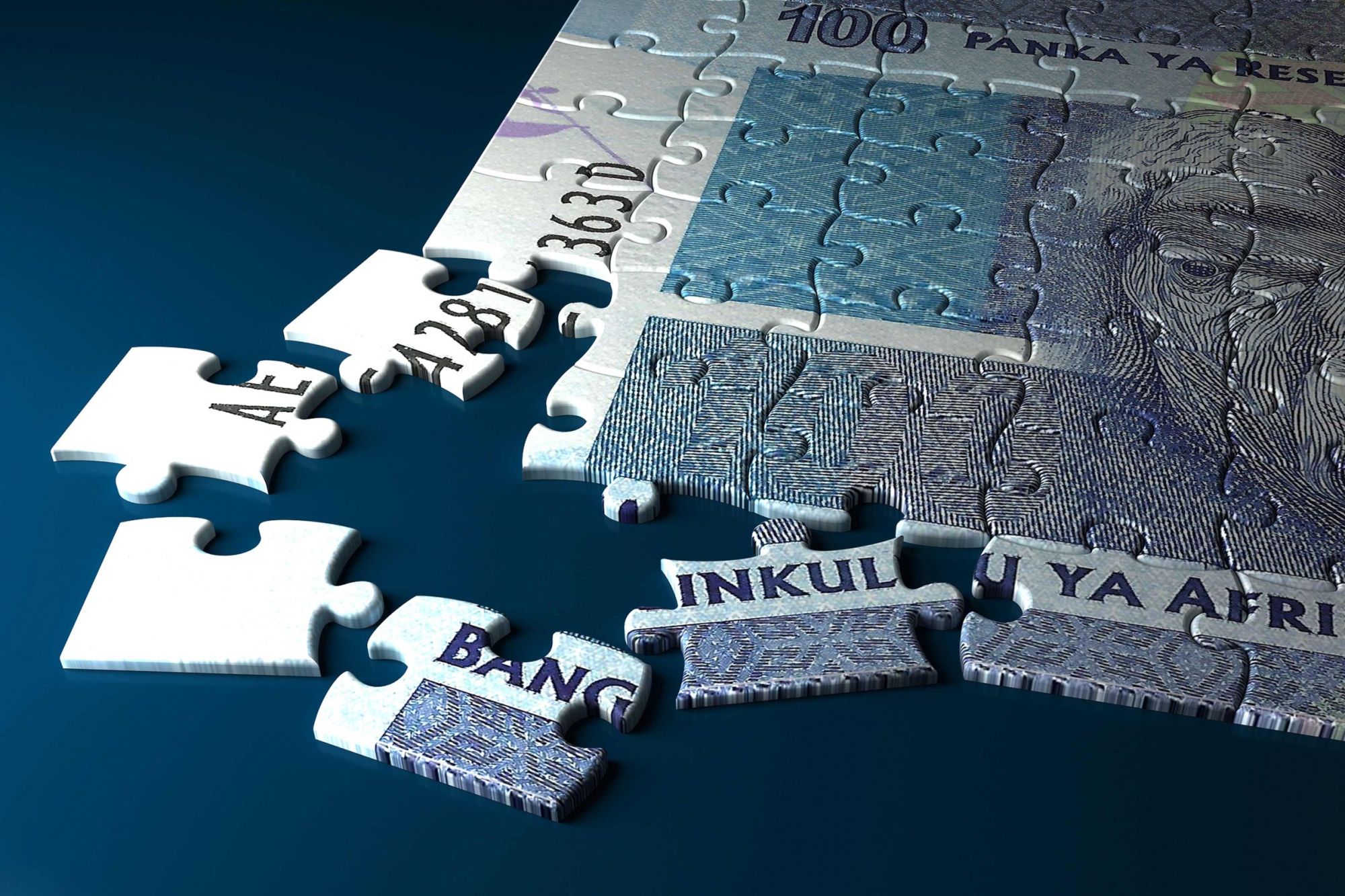Only 50% Of SA Workforce Believe Their Workspace Is Psychologically Safe Find out what this means for you and how you can improve your workspace for your employees.
Opinions expressed by Entrepreneur contributors are their own.
You're reading Entrepreneur South Africa, an international franchise of Entrepreneur Media.

Research conducted by organisational culture experts The Human Edge suggests that only half of the South African working population sees their work environment as psychologically safe, with only 24% of those people surveyed willing to recommend their current employer as a place to work to a friend.
"Frighteningly 46% of participants said outrightly that they would not be willing to recommend their company as a place to work," said Helene Vermaak, Business Director at The Human Edge.
What is psychological safety?
Amy Edmondson, professor at Harvard Business School, first coined the term of psychological safety in 1999. She describes psychological safety as a shared belief that a team is safe for interpersonal risk taking.
Related: Can Flexible Working Improve Employee Attraction and Retention?
"When an employee feels psychologically safe, he or she is willing to speak up without fear of negative consequences – and this is critical to overall organisational effectiveness," says Vermaak.
"This research has given us disturbing insight into the South Africa work environment, showing that people don't currently feel safe enough to speak up and be heard without criticism or consequences."
Brené Brown, an American research professor in The Graduate College of Social Work at the University of Houston sums up the essence of psychological safety, "If we want people to fully show up – so that we can innovate, solve problems, and serve people – we have to be vigilant about creating a culture in which people feel safe, seen, heard, and respected."
The levels of organisational saftey
Vermaak says that there are 4 levels that are used to indicate the levels of organisational safety within a company's culture.
Level 1 being the worst, is described as a culture in which everyone is fending for themselves with very little focus on psychological safety.
The behaviours within this sort of culture usually include some level of bullying, verbal and physical harassment, abuse, ridicule and sarcasm.
On the opposite end of the spectrum, Level 4 is a culture in which the freedom to voice ideas is a way of life and teams are committed to working together for mutual success, as well as the success of the organisation.
"Typically, in South Africa, organisations are sitting at a Level 3 which involves small "islands' of safety. Not everyone is on board, hence the islands, but psychological safety is recognised within pockets of the business as a fundamental cultural element leading to higher performance," says Vermaak.
Sadly, she says that it's a function that is largely addressed by HR, and not C-suite executives, as is necessary to drive it as a bottom-line interest.
Related: Getting The Most From Your Employees
Referring to the research, Vermaak says that a staggering 30% of employees surveyed are still sitting on the fence when it comes to assessing psychological safety.
"Ambivalence can mean the difference between a great result and a crisis. There's a high price to be paid when harbouring fence sitters," says Vermaak, "all as a result of the lack of psychological safety."
How you can improve your workspaces psychological safety
To improve the perception of psychological safety for employees in an organisation, Vermaak says that it must be a top down process. "The attention of the CEO is critical in this process as well as the understanding that this is a bottom-line affecting problem."
She suggests the following pointers as a starting point to shifting the pin on perceived psychological safety within the organisation:
- Ensure that the organisational values support a culture of psychological safety
- Translate values into a few observable behaviours
- Over-invest in skill building: Ensure all training and development is linked to your values and behaviours
- All leaders must model and coach the desired behaviours
- Ensure clear individual and team goals that aligned to organisational goals
- Reward and recognise the right individual and team behaviours
- Align all policies, procedures, structures, processes and information flow to support a culture of psychological safety.











